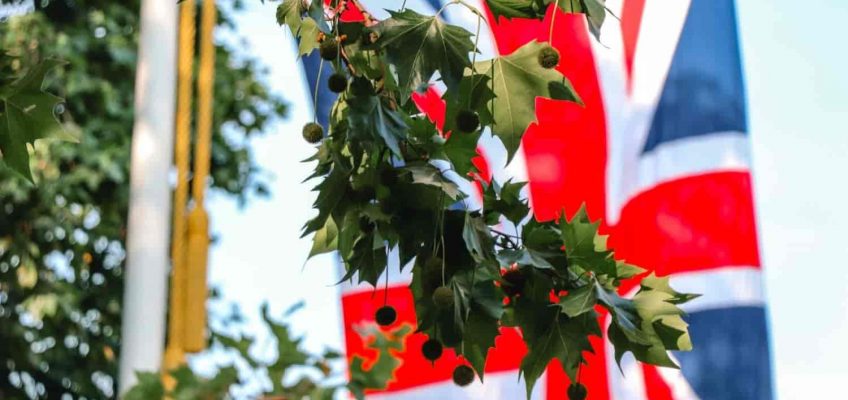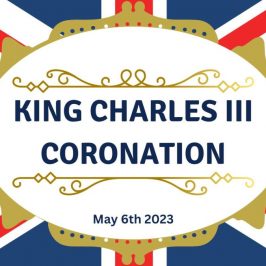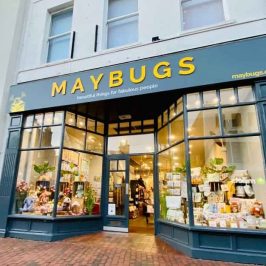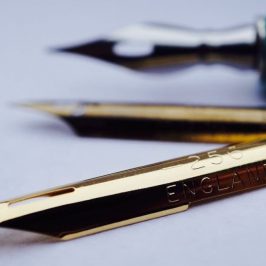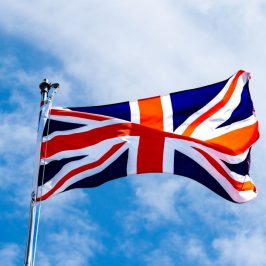England, like other countries, has a number of symbols that are closely associated with the nation and its history and culture. National symbols hold significant cultural and historical importance, representing the identity, values, and aspirations of a nation. These symbols, whether they are flags, coats of arms, animals, or monuments, embody the story of a nation and serve as powerful icons and reminders of the past.
The Lion
The lion is a symbol of England and it can be seen on the Royal Coat of Arms, as well as on the flag of England. Lions are frequently depicted in English sculpture, particularly in statues and monuments, as a symbol of strength and bravery.
The Rose
The rose is the national flower of England and it is a symbol of the country’s history and culture. The red rose is especially associated with the Wars of the Roses, a series of civil wars fought in the 15th century between the House of Lancaster and the House of York.
The Three Lions
The three lions is a symbol of England, it can be seen on the Royal Coat of Arms, as well as on the England national football team’s badge. It is said to have originated from the coat of arms of Richard the Lionheart, who was King of England in the 12th century.
The Crown
The Crown is a symbol of the monarchy and it is closely associated with England. It is often featured in art, literature, and on official emblems and it is a representation of the country’s history and heritage.
The Oak tree
The Oak tree is another symbol of England and it is a symbol of strength, resilience and endurance. It is also the national tree of England and it is often used to represent the country.
St George’s Cross
Since the 13th century, the St George’s Cross, has been the national flag of England.
National symbols are an integral part of a nation’s collective memory, and they play a vital role in defining and preserving a country’s cultural heritage for generations to come. They are often seen in art, culture, and on official emblems, and they are a way to connect with England’s past and it’s people.

